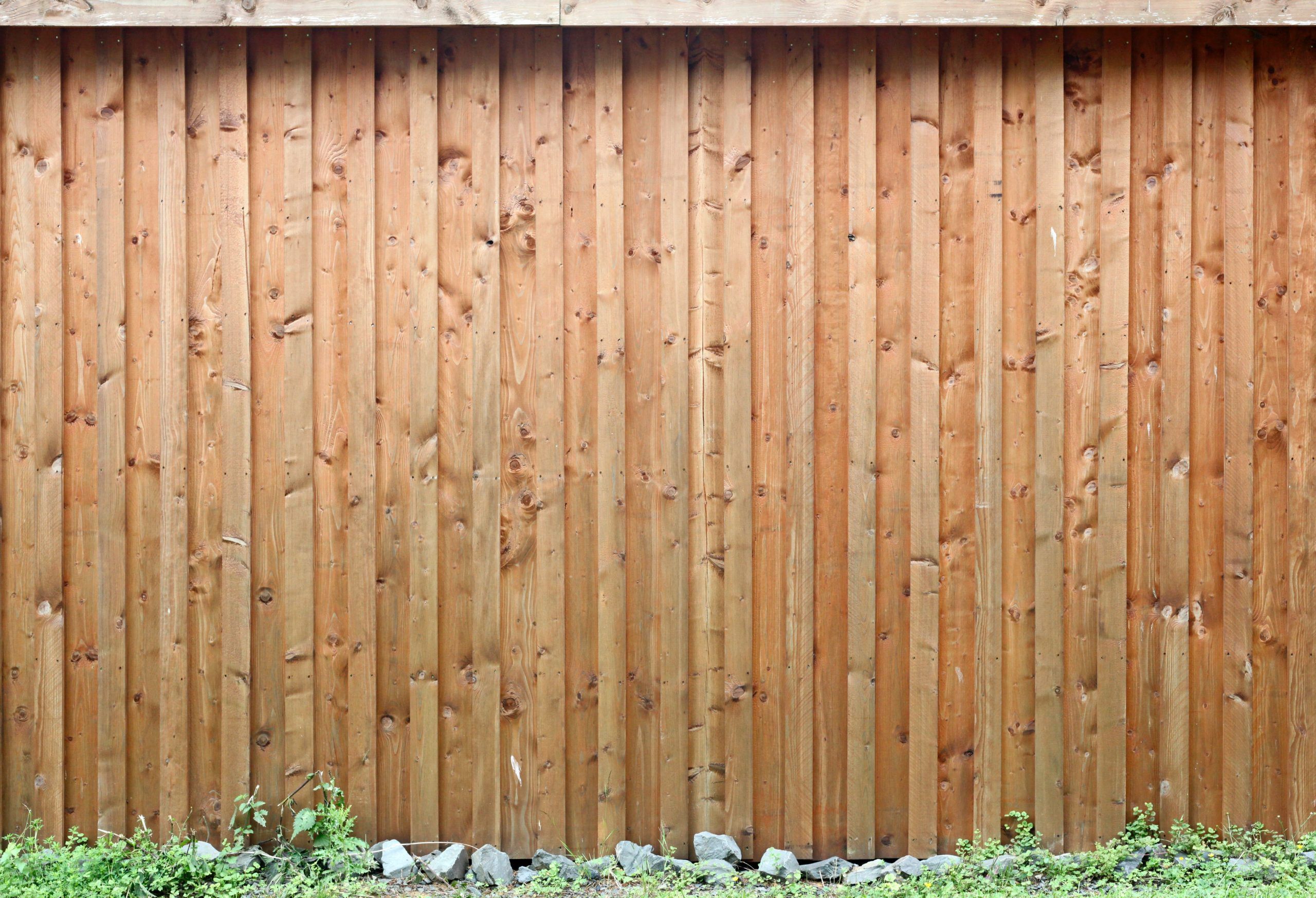
How to deal with property boundary disputes
Whilst it is true that good neighbours can indeed become good friends, the opposite is also true. Discourse with neighbours can quickly become fraught and you can end up with a fractious relationship. One thing that crops up time and time again to cause issues between neighbours is along the property boundary. Specifically, disputes arise around who owns fences or plants and are therefore entitled to, or responsible for, making alterations to them.
What are the guidelines for fences in the UK?
Issues with fences normally arise when the fence was existing before either party moved into the adjoining properties. This leads to neither party truly knowing who owns the fence. Whilst this often isn’t an issue, if you believe a neighbour should be maintaining a fence and they think that you should be doing the same, or if you wanted to make an alteration that the other party isn’t happy with, this can lead to disputes. Similarly, if you believe it to be a shared issue and they want to try and lump you with all the costs, this could also become a problem.
If you cannot come to an agreement with your neighbour as to who has what responsibilities or rights when it comes to fences, you may have to get a solicitor involved to define exactly where the property boundary lies and therefore who it belongs to.
Another issue is with fence heights. The law says that fences cannot be over 1m high at the front of a property or 2m at the rear. This is to ensure you are not adversely affecting your neighbour’s property by restricting light or views. Should a neighbour put up a fence that breaks these rules, try communicating these rules to them and try to come to an agreement. Likewise, if you cannot sort this out amicably, you may get a solicitor involved.
Can you move/remove a neighbour’s fence on your property?
If you neighbour puts up a fence and you believe it encroaches on your property, you would be well within your right to be upset, especially if there has not been any communication around the matter. So, can you just tear it down in this instance?
You can, but first you will have to prove that the fence is on your land. However, you should first seek to settle the issue by communicating with the neighbour. They may agree with you and move it themselves. It is much better if you can come to an amicable agreement without either side taking offence.
Should the situation become disagreeable then you may have to escalate further, using a solicitor or mediator that specialises in boundary disputes. This allows a third-party to make the decision based on the available evidence.
Can you paint your side of a neighbour’s fence?
If the fence belongs to a neighbour, you should not be painting your side without prior consent. Likewise, your neighbour is not allowed to paint a fence belonging to you. As with most of these issues, this should be easily solved by coming to an agreement with your neighbour. Painting a fence without permission may count as criminal damage. The main issue with this is that paint can seep through to the other side, ruining the look of someone else’s property.
If a neighbour has painted your fence and it has caused you problems, explain the issue to them and hopefully you can come to an agreement on how to proceed. They may offer to paint your side of the fence, cover restoration fees or potentially replace the fence if you can’t agree on colours.
Where are property boundaries?
As fences are often very thin, it can be tough to tell if they are on your property or your neighbour’s. There is no way to tell by eye, but a solicitor can review land registry documents, as well as other documentation such as your title deeds, to discern where your boundaries lie.
What if a boundary dispute is not about fences?
If your dispute is around another feature, such as plants, similar rules will still apply, although there are exceptions. For example, if a plant grows over into your property from a neighbour’s property, you are allowed to trim this back to the boundary, although any cuttings will technically belong to your neighbour. If a neighbour’s plant is damaging your property, you would also have a good reason for dispute if you cannot sort out the issue beforehand.
Possibly more difficult to sort out is if a neighbour has built on land that you believe to be yours. The costs for your neighbour are likely to be high for an extension or separate building, so they are likely to be reluctant to make changes. Whilst it is a long time, if the encroachment lasts for 12 years without being challenged, your neighbour could apply for the property to legally become their own through adverse possession.
Contact Us
For information on how Munday + Cramer can help with boundary disputes, or if you would like to find out more about our architectural and building surveying services, operating in Essex, London, Kent, Norfolk and Suffolk, then get in touch! Contact Munday + Cramer today on 01245 326 200.